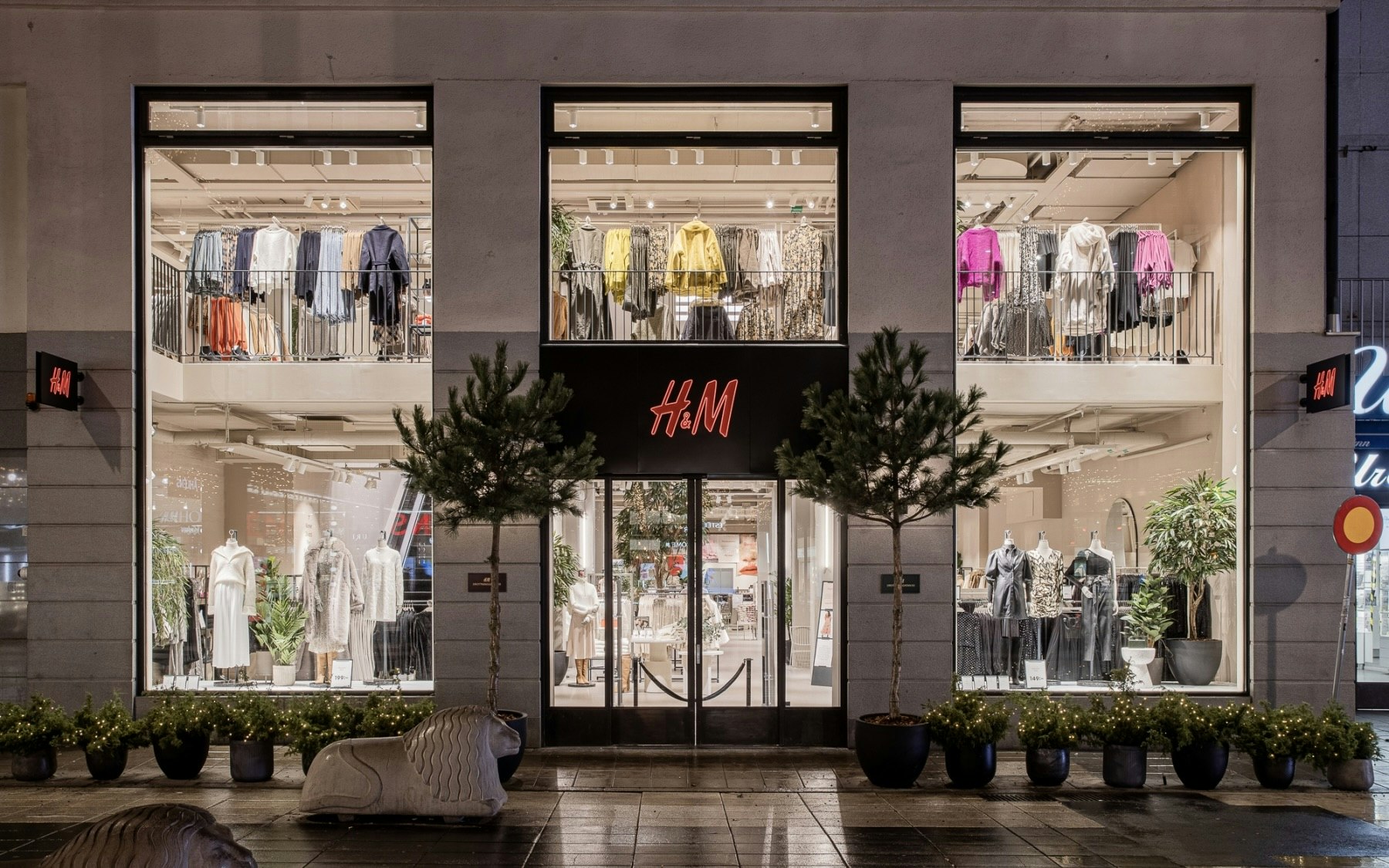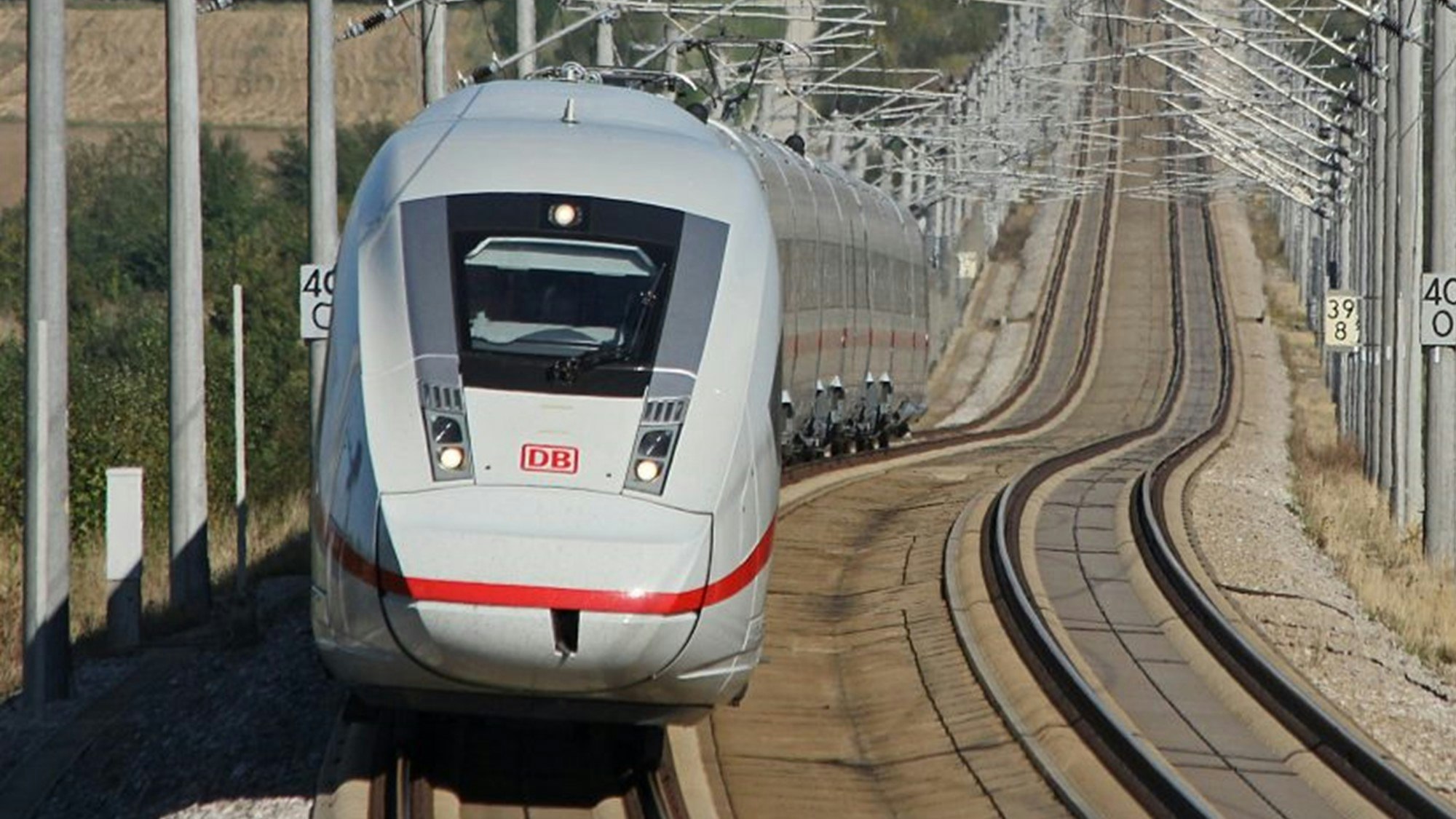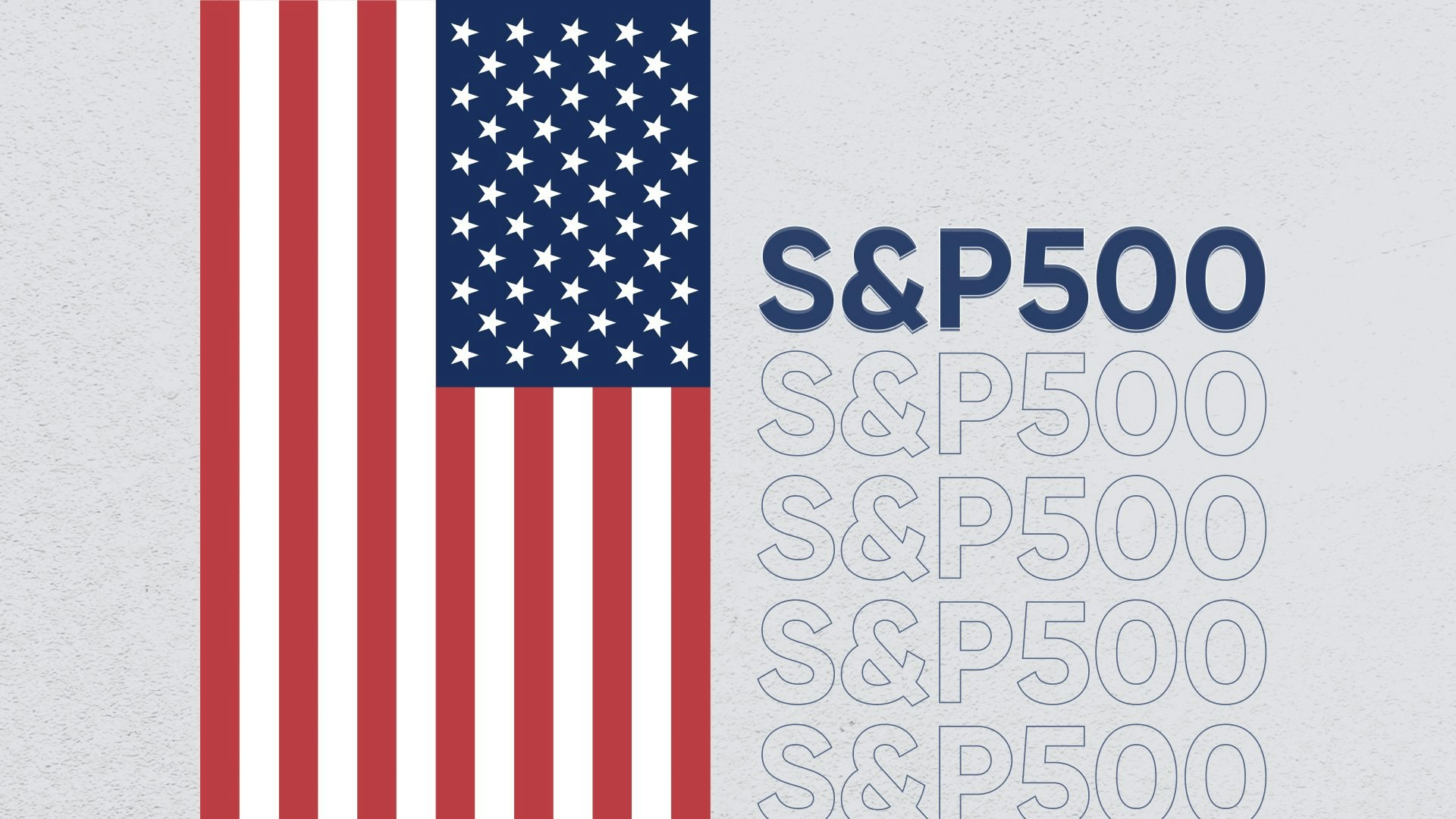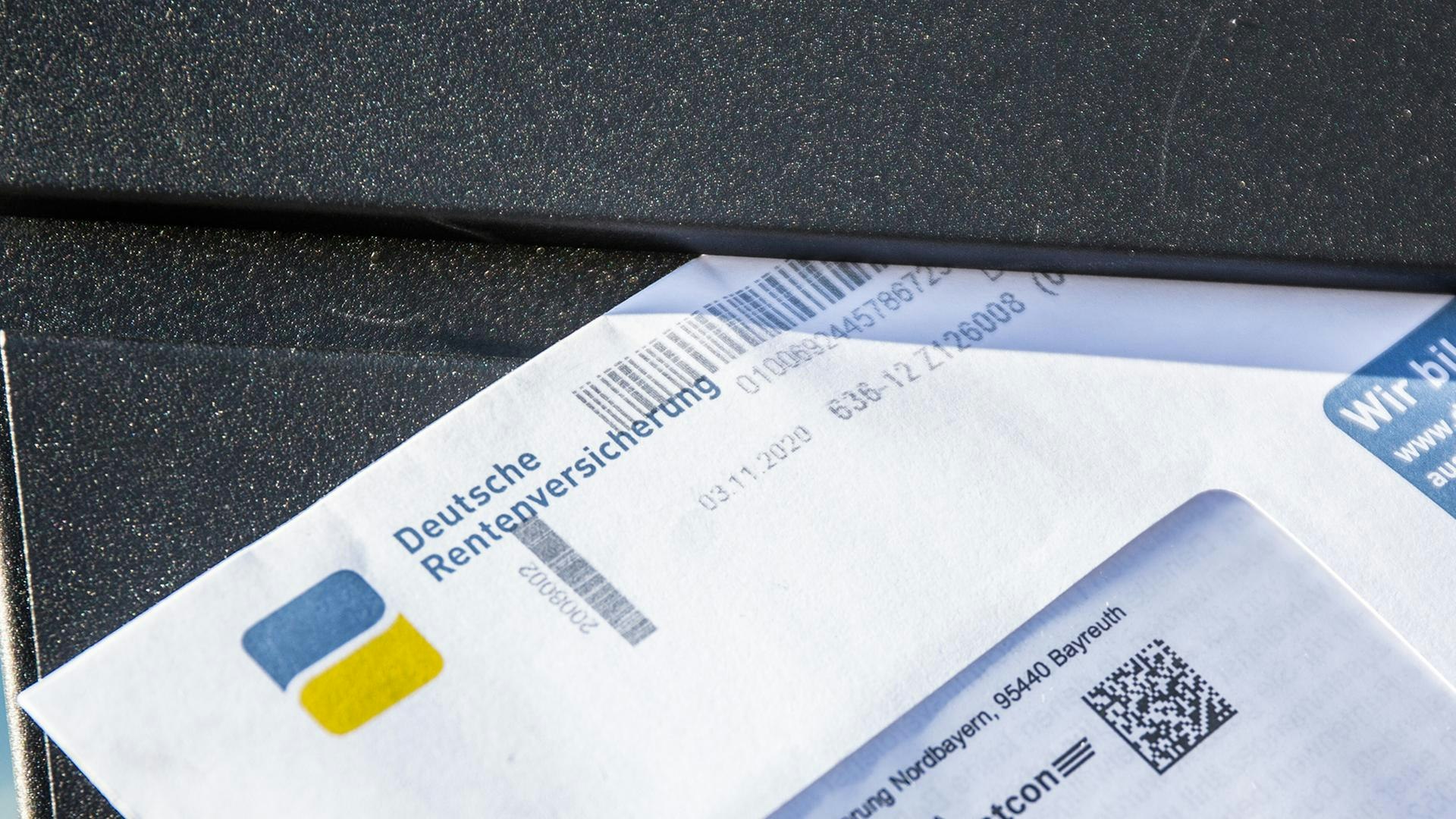Business
H&M struggles with margin issues - setback for new CEO Daniel Ervér
H&M is under pressure to improve its margins in the face of rising costs and tough competition.

The Swedish fast-fashion giant H&M continues to face significant challenges in increasing its margins. Persistently high material and marketing costs, along with stiff competition from rivals like Shein and Zara, make it difficult to achieve its target profit goal.
Daniel Ervér, who took over as CEO in January, admitted to the Financial Times that the company will not meet its operational margin target of 10 percent as planned in 2024. "We are confident that we can achieve the goal in the long term, but it will not happen in 2024," said Ervér.
In the third quarter, operating profit fell by 26 percent to 3.5 billion Swedish kronor (approximately 350 million US dollars), significantly below analysts' expectations of 4.9 billion kronor. The operating margin for the first nine months was 7.4 percent.
For more than a decade, H&M has struggled with weak profitability as it was overtaken by Spanish competitor Inditex, the world's largest fashion retailer and parent company of Zara. In recent years, H&M has also come under increasing pressure from lower-priced competitors such as Shein and Temu.
This setback in profitability is especially painful for Ervér, who took over after the sudden resignation of former CEO Helena Helmersson. In recent months, Ervér emphasized the need to increase sales while further reducing costs to achieve the margin target.
H&M shares fell by around 4 percent in afternoon trading in Stockholm on Thursday. Since the beginning of the year, they have lost 1.5 percent, while Inditex shares have increased by around 35 percent.
H&M's operating margin fell from over 20 percent in 2010 to just 3.2 percent in 2022, before recovering to 6.2 percent. Investors accused the company of focusing too heavily on opening new stores to boost sales before the pandemic, while neglecting declining profitability.
In recent years, H&M closed a significant number of stores and announced the closure of the digital fashion outlet Afound last month, one of the company's many smaller brands.
Revenues in the third quarter fell by 3 percent to 59 billion kroner, after a poor start in June due to cool weather burdened the quarter. In local currencies, revenues remained largely unchanged.
Positively, H&M emphasized that the fall collection was "very well received" after a large marketing campaign with the singer Charli XCX. Sales in September, which fall into the fourth quarter, are expected to rise by 11 percent in local currencies.
Ervér emphasized that H&M needed to "generate enthusiasm around the brand" again after brand loyalty among consumers had declined. Marketing investments would remain at a high level in the last quarter before the company analyzed what would work best in the coming year.






